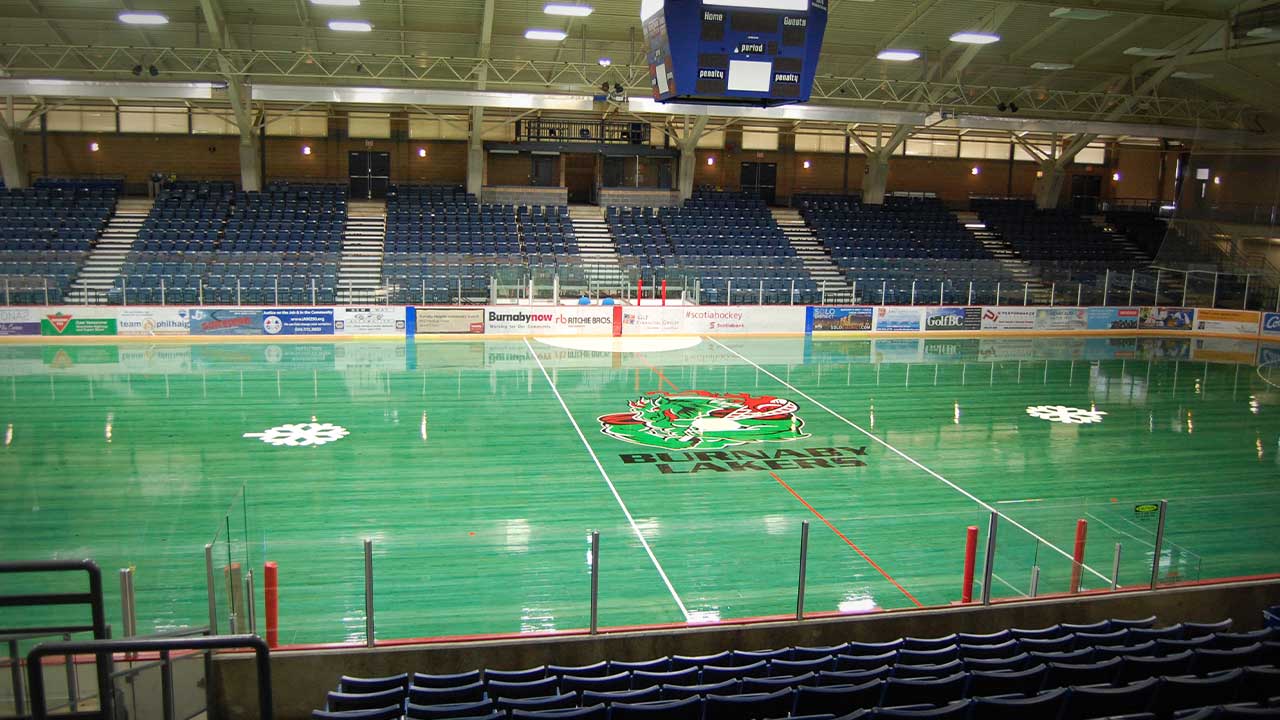The Climb Out Of Covid-19 – What’s Expected from Facilities and Management During The Reopening Process?
ORFA, the Ontario Recreation Facilities Association, recently published comprehensive guidelines, along with an accompanying podcast, outlining the long awaited reentry process for recreational facilities.
Released on May 22nd 2020, the document lays out in great detail exactly what is expected from facilities to open in a well planned manner that, rightly so, puts the emphasis on maintaining the safety of the people first.
Safety for All As We Return to Work
While the safety of the public is of paramount concern, the document also stresses the importance of making sure employee health is equally considered. Without ensuring a healthy staff is in place and precautions taken to monitor their well-being, users will quickly develop a lack confidence in the facilities infrastructure to secure a safe and healthy environment for all.
At just over 30 minutes, ORFA’s new podcast “FACILITY FOCUS” provides an overview of the comprehensive guide and a general discussion of recreation facility reopening and reentry.
A pdf covering Reentry and Reopening Guidelines and the podcast can both be found here.
Guideline Highlights
Again, stressing the importance of health and safety, the main focus is for individual facilities to assess their unique position, and reopen using a carefully managed plan.
Compliance with the Ontario Health and Safety Act (OHSA) is a must for the safety of workers, and the Occupiers Liability Act sets out the core responsibilities for owners.
While the guide is extensive, it allows for quick and easy reference for facilities to create a comprehensive operational reactivation plan.
The Reentry Process
Contingent on the permissions set out by provincial and regional governments, the reentry process is to be done in three stages:
Stage 1 Opening select workplaces that can immediately modify operations to meet public guidance.
Stage 2 Opening more workplaces based on risk assessments.
Stage 3 Opening all workplaces responsibly.
For complete details, please refer to the Reentry and Reopening Guide.
Designing an Operational Reactivation Plan
Outlined in the guide are 7 steps to reentry covering standard operating practices:
- Returning Worker Safety Program
- Physical Infrastructure Safety
- Policy and Procedure Development
- Communications Policy and Procedure
- Rebuilding User Relationships
- Emergency Management
- Ongoing Monitoring
Staying Informed with the Latest Federal, Provincial, Agency and ORFA Updates
Considering the state of events is fluid, the importance of staying up to date with the latest official releases is an obvious key component.
Links to the latest publications on the COVID-19 situation and the strategies currently in place to deal with it are also available in the guide:
- ORFA.COM/COVID19
- Government of Canada
- Government of Canada – Public Health Canada
- Government of Ontario
- Public Health Ontario
- Centre for Disease Control
- World Health Organization
Facility Touch Point Maintenance
Facility touch point maintenance will become a daily focus – users will demand it.
Their may a real possibility of understaffing which poses a challenge to how it will be conducted. Management should also consider researching different equipment options to help make the disinfection process more effective and simultaneously maximize staff performance.
Reopening Guidelines for Specific Types of Facilities
Regardless of the the type of facility, whether indoor, outdoor, aquatic or recreational ground space, safety programs must be exercised at all times by employees and management staff.
Frontline staff will require direction, training, and support to continue meeting the needs and expectations of public safety. The pressure to return to expected levels of pre-pandemic service will ultimately fall to facility management.
As always, public safety must dictate how community leaders make decisions towards reoccupying facilities and their ability to generate revenues.



